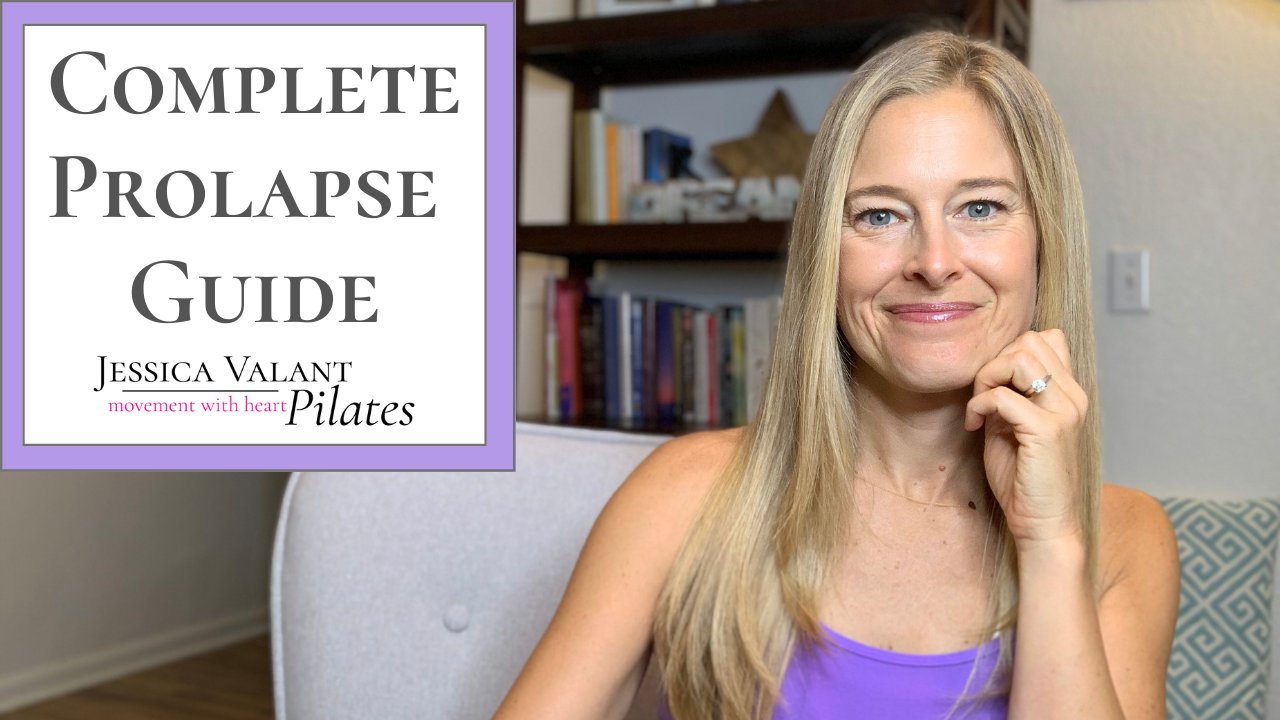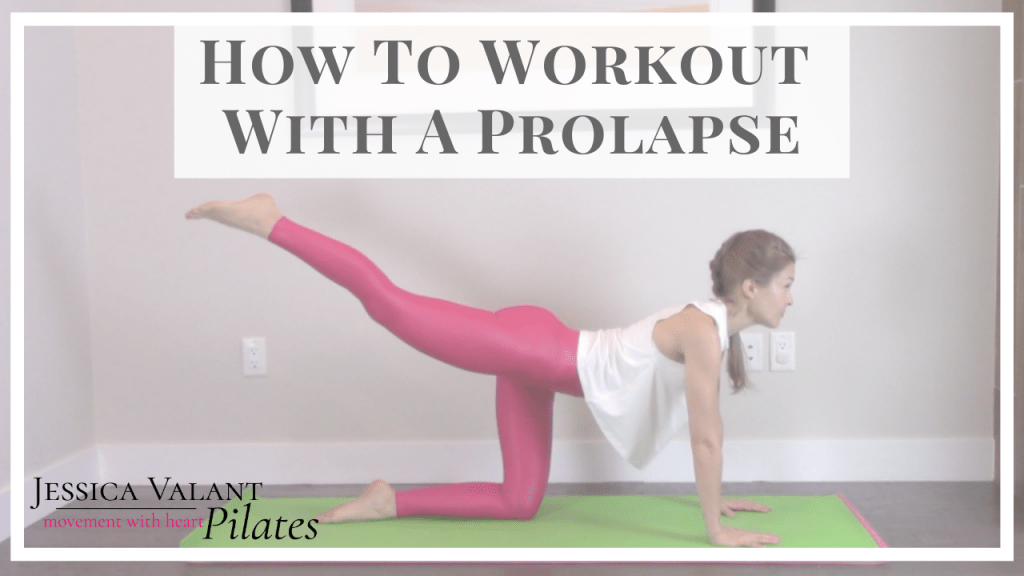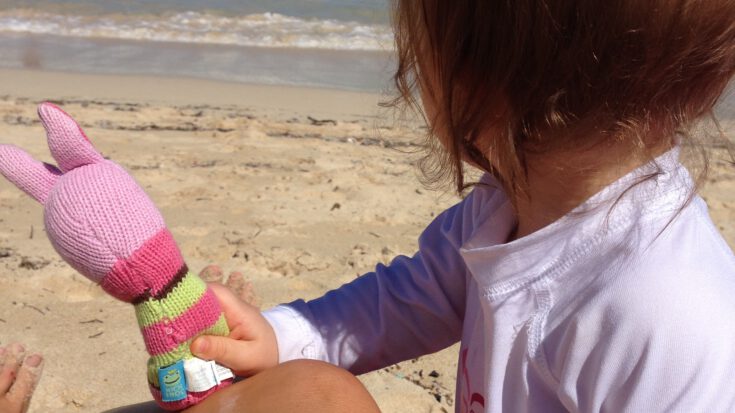I am so happy to bring you my Complete Prolapse Guide, Prolapse Safe Exercises and Prolapse Surgery Success Stories.
You see, I had multiple prolapses and I wish there had been helpful and encouraging information when I was going through it all.
I hope to be that for you!
I know how frustrating and scary and confusing a pelvic organ prolapse diagnosis can be. It’s hard to see how little encouraging information there is out there.
So grab your favorite cozy blanket and a cup of coffee. Let’s dive in to my Complete Prolapse Guide and let you know there is hope and an active and fulfilling life beyond prolapse.
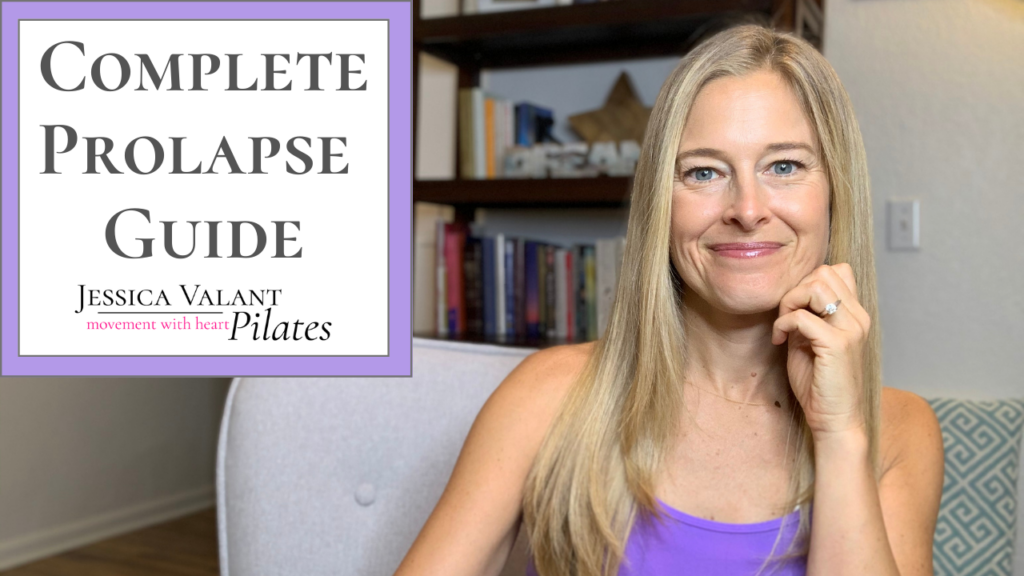
My Story
I became pregnant with my first baby in 2012. I had a very normal pregnancy and stayed fairly active with Pilates, yoga, walking and lifting weights. I didn’t run or start any new and crazy exercise program. Being a physical therapist and Pilates teacher, I felt I knew the safe way to exercise while pregnant and I followed those guidelines.
I then endured a 43 hour labor with our daughter. I only had an epidural at the tail end as they were trying to avoid a C-section. I ended up pushing for four hours and – with the help of a vacuum – she was finally delivered into the world.
Two weeks later I was trying to check the status of my stitches in the bathroom at home when I felt something abnormal. I grabbed a compact mirror and was pretty confused at what I was seeing. I literally went straight to the computer and Googled “pink golf ball coming out of vagina”. It was then I realized I probably had a prolapse.
I went to see my OBGYN who proceeded to tell me that 1) yes, I had a slight bladder prolapse and 2) I could get a pessary if I wanted.
That’s it.
With 13 years of physical therapy experience, I still was extremely unfamiliar with prolapse. I started researching and couldn’t find anything that truly guided me on what to expect. I also was very anxious to get back to exercise for the endorphins and sanity it provided me, so I proceeded to ignore the prolapse and start sprinting up and down my street at eight weeks postpartum.
I can now tell you that is EXACTLY what I should NOT have done! I had no idea what prolapse safe exercises were unfortunately.
While I didn’t cause my prolapse, I definitely didn’t help it heal. I made it worse by exercising too soon and in an unsafe way and prevented my body from having an opportunity to heal itself. I later discovered the safe way to exercise after having a baby and learned the things I think every woman should be taught and told.
I went through a few visits of pelvic floor physical therapy and was given a pessary to use and try. I learned how to manage my prolapse and what exercises felt good and what exercises to avoid.
I got pregnant with our second baby in 2017. My labor was unmedicated and was only 15 hours long with 15 minutes of pushing. While my prolapse didn’t affect my pregnancy, labor or delivery at all, it did get a little worse after our second baby. Again, I learned to manage it and went through another round of pelvic floor physical therapy when I was done nursing 20 months later.
At this point I was 41 years old and – because of my medical history of endometriosis and IVF – I knew we were unable to have more children. I was extremely active and my prolapse symptoms weren’t improving. My symptoms included a constant bulge out of my vagina, pelvic pain and pressure and some bloating. Many women can also experience incontinence. I only had that occasionally and was lucky in that respect, but I did have the constant feeling of needing to pee (basically I peed over 25 times a day 😯)
I finally decided see a urogynecologist to see what my options were.
After a thorough exam I was told I had a bladder prolapse (cystocele), rectal prolapse (rectocele) and uterine prolapse. They were all grade 3 and would not improve on their own. It was either live with it and let it get worse or have it surgically repaired.
I had never been told over seven years that I had a rectal or uterine prolapse, so that alone was a surprise. I also had a urine voidance test and discovered I would not need a bladder sling placed at the time.
After meeting with two different surgeons I was told I was a candidate for a hysterectomy, rectocele repair, cystocele repair and sacrocolpopexy. I prepared for a very long time both mentally and physically to be ready for this surgery. I know it’s a big decision and I recommend you take the time you need to properly prepare and decide if it’s right for you. Please keep in mind only a small percentage of people actually need their prolapse surgically repaired. Most can learn to manage their prolapses through lifestyle changes and many can be healed through time and physical therapy.
Do you need surgery?
Not necessarily! You actually probably don’t. Only about 10% of women will need surgery for their prolapse. Most prolapse cases after giving birth reconcile on their own, so be patient and don’t be scared. Give yourself time, especially if you are nursing, as the hormones you produce after birth and while nursing can make your tissues more loose. Take a FULL eight weeks off from any exercise after giving birth, and then I recommend no crunches, planking or running and jumping until at least 16 weeks after giving birth to let everything heal.
Here is my tutorial on how to exercise with a prolapse.
Grade 1 and Grade 2 prolapses can often times be healed with the help of pelvic floor physical therapy and lifestyle management. Stay positive and know there is hope!
Even Grade 3 and Grade 4 can find a lifestyle that works for them but it will take more adjustment as you avoid activities that make it worse. Typically healing doesn’t occur with grade 3 and 4 but you can definitely find a healthy lifestyle if you chose to!
Here are many of my video resources about my own surgery, how I prepared and how I recovered:
My Hysterectomy and Prolapse Surgery Success Stories
My Experience with Mesh in My Surgery
Top Five Things to Know Before Surgery
Top Five Things to Know After Surgery
Two Weeks After My Surgery – Update
Twelve Weeks After My Surgery – Update
One Year After My Hysterectomy and Prolapse Surgery
Sex After Hysterectomy and Prolapse Surgery
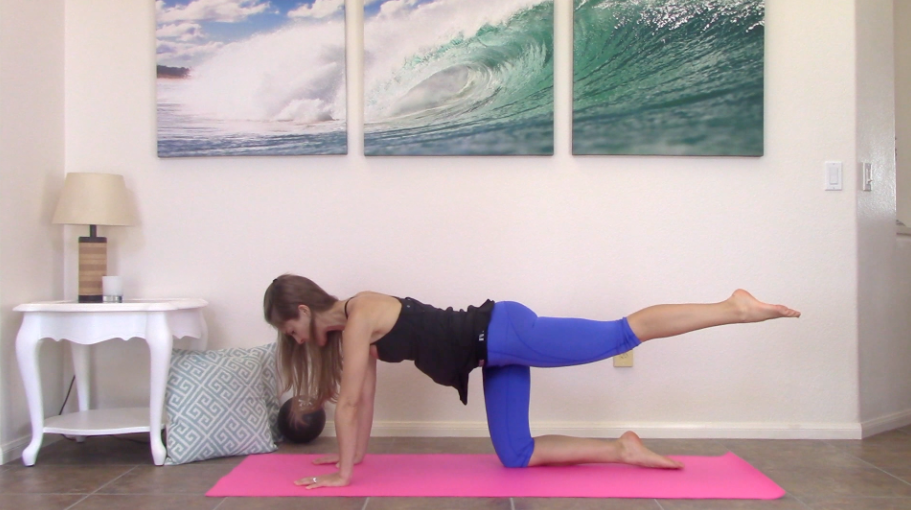
Exercise with prolapse
One of the scariest things about reading online prolapse information is thinking you can never exercise again. That is simply not true!! I filmed almost every single exercise video you see from me with my prolapses. I walked, did yoga, practiced Pilates and lifted weights. You can be active.
You simply have to be willing to adjust your movements so you don’t make your prolapse worse. Knowing what prolapse safe exercises are is a big part of that as well.
For me that meant no running. No jumping jacks (ugh I still can’t and might never again do these!). There were certain movements in Pilates that made it worse so I simply avoided those.
I created non impact HIIT workouts so that I could still get a sweat and not have to jump up and down.
I have a bunch of resources for knowing how to exercise with a prolapse:
Four Week Prolapse Workout Guide – four weeks of prolapse safe workouts is here.
How to exercise with a prolapse is here.
Prolapse workout is here with prolapse safe exercises.
How to workout safely with a prolapse – lifestyle guide – is here.
Pelvic floor exercises are here.
Learn about lifting weights after surgery here.
Where to start
I know this is a lot to take in! First, take a deep breath. Take your time going through the resources and videos above. Learn what prolapse safe exercises are. Write down your questions and concerns and goals. I do virtual consults and assessments as well and talk many women through options, exercise plans and lifestyle management. You can schedule that here!
Here are the other top steps to take:
- See a women’s health physical therapist. You will want someone who does pelvic floor work. This is vital for you to know how your pelvic floor is working and what can be done to start in order to help.
- See a urogynecologist. I can’t believe it took me seven years to do this. OBGYN’s are great at what they do, but they do not specialize in prolapse. At all. You need a urogynecologist to really get all the information you need. This is who would do a surgery if you ever needed it.
In conclusion
There is HOPE, there is ENCOURAGEMENT, you can still be STRONG. Yes there are things to learn but you can do this! Most importantly, be an advocate for yourself. Don’t give up. Find health care practitioners to be on your team and help you feel your best.
